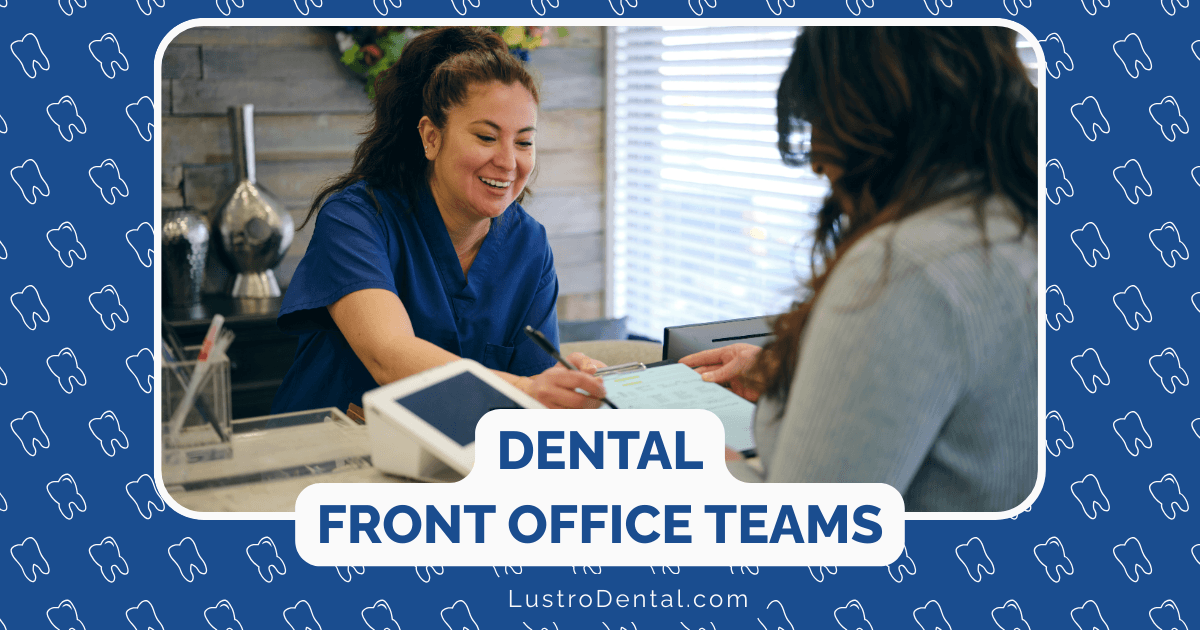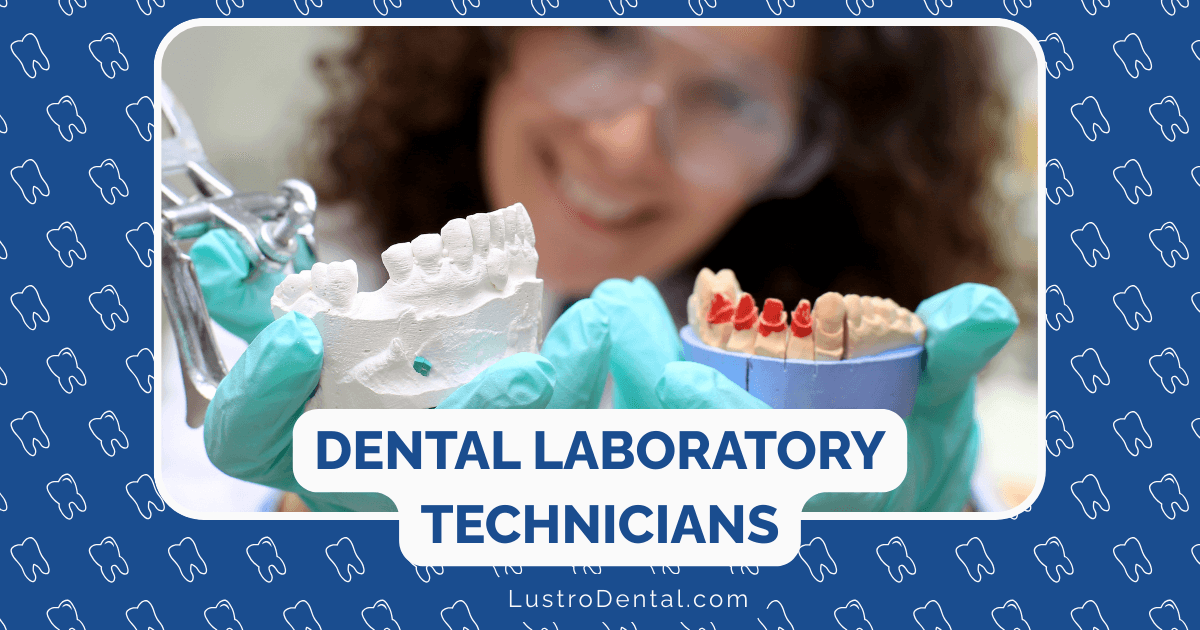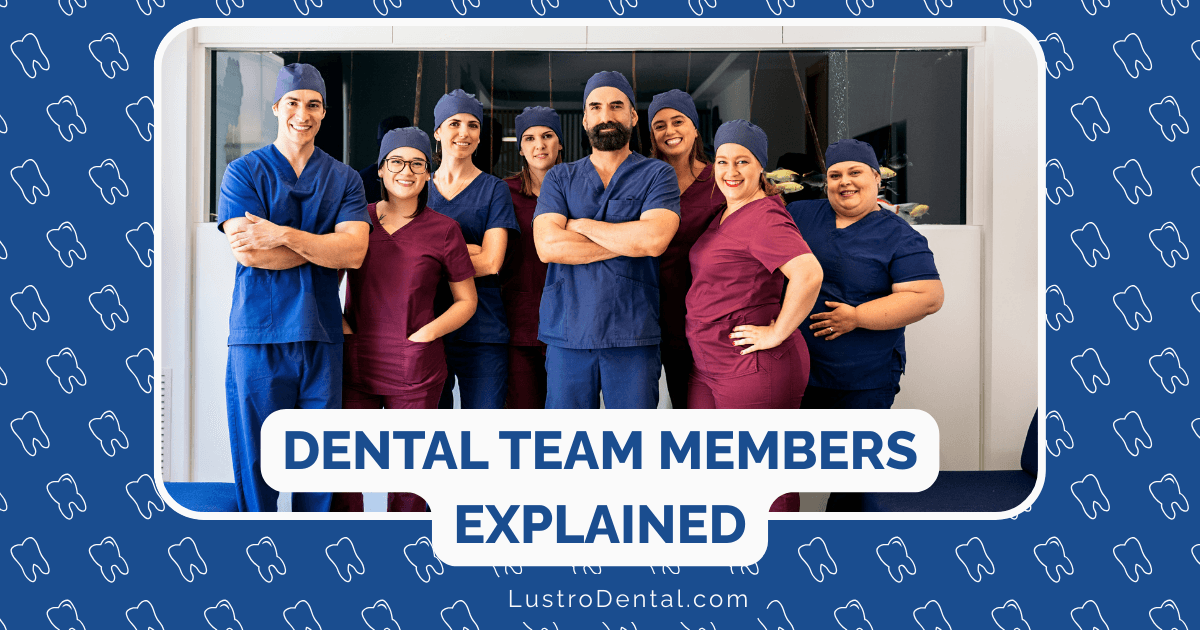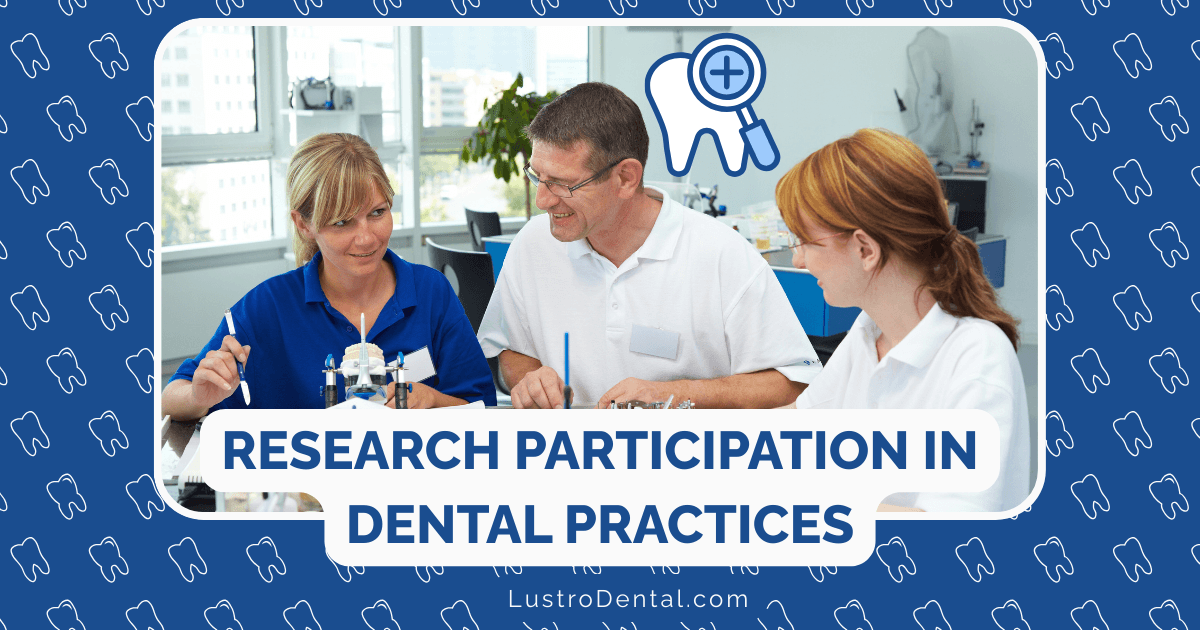How to Tell If Your Dentist Stays Current with Advances
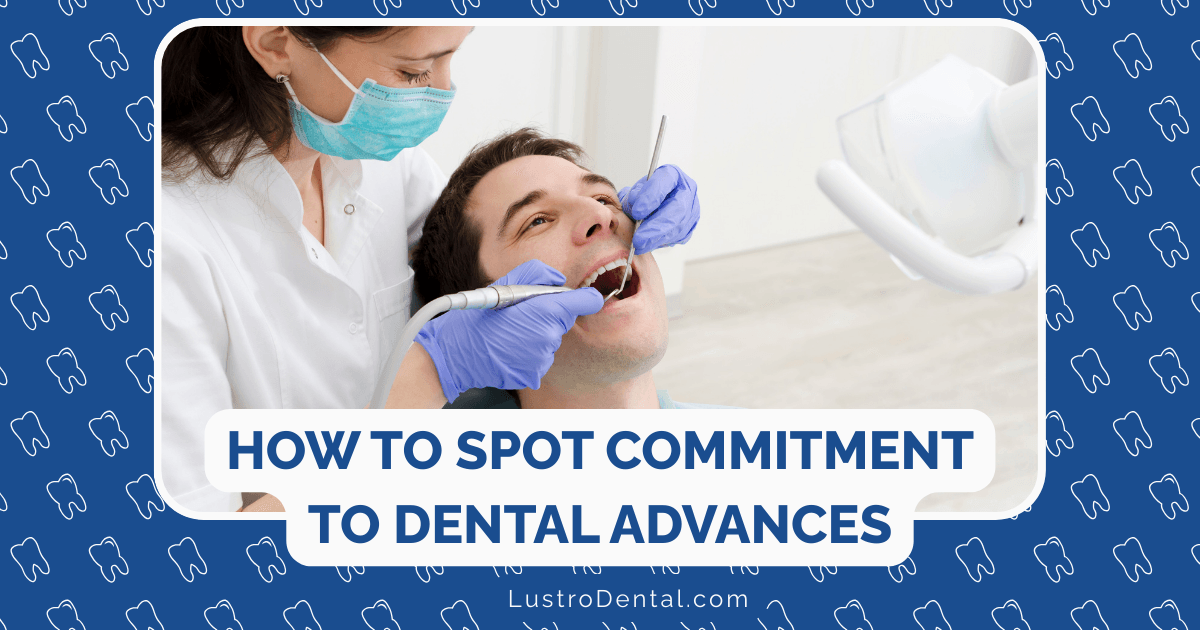
In the rapidly evolving world of dentistry, the difference between a good dental experience and an exceptional one often comes down to how current your dentist is with the latest advances in the field. From revolutionary diagnostic tools to cutting-edge treatment techniques, modern dentistry has transformed dramatically in recent years—and continues to do so at an accelerating pace.
As a patient, you deserve care that incorporates the best that contemporary dental science has to offer. But how can you determine whether your dentist is committed to staying at the forefront of the profession? This comprehensive guide will equip you with the knowledge to evaluate whether your dental provider is keeping pace with dental advances that could significantly impact your oral health care experience.
Why Staying Current Matters in Dentistry
Before exploring the specific indicators of a forward-thinking dental practice, it’s important to understand why currency in dentistry is so crucial:
Enhanced Diagnostic Accuracy
Modern diagnostic technologies can detect oral health issues at earlier stages, often before they become visible to the naked eye or cause symptoms. This earlier detection typically means simpler, less invasive treatments and better long-term outcomes.
Improved Patient Comfort
Many technological and procedural advances in dentistry focus specifically on enhancing patient comfort. From pain-free injection systems to minimally invasive treatments, these innovations can transform the dental experience for anxious patients.
Superior Treatment Outcomes
Contemporary techniques and materials often yield more durable, functional, and aesthetically pleasing results than their predecessors. A dentist who employs the latest evidence-based approaches is more likely to provide restorations and treatments that look better and last longer.
Greater Efficiency
Modern dental technologies frequently reduce treatment time and the number of appointments needed, making dental care more convenient for patients with busy schedules.
According to Dr. Melissa Thompson, Director of the American Academy of Digital Dentistry, “The pace of innovation in dentistry has accelerated dramatically in the past decade. Dentists who don’t make a conscious effort to stay current risk falling years behind the standard of care in a relatively short time.”
Key Indicators Your Dentist Stays Current
Now, let’s explore the specific signs that your dentist is committed to staying at the forefront of dental advances:
1. Continuing Education Beyond the Minimum
All licensed dentists must complete continuing education (CE) to maintain their credentials, but the minimum requirements (typically 20-50 hours per two-year cycle, depending on the state) represent just the baseline.
What to Look For:
- CE Certificates: Many practices display recent continuing education certificates in their waiting areas or on their websites.
- Advanced Credentials: Look for designations like FAGD (Fellow of the Academy of General Dentistry), which requires 500 hours of continuing education and passing a comprehensive exam.
- Specialized Training Acknowledgments: Certificates from intensive courses in areas like implantology, cosmetic dentistry, or digital dentistry.
Questions to Ask:
“Beyond the required continuing education, what additional training have you pursued recently?”
A forward-thinking dentist will enthusiastically share their recent learning experiences and how they’ve implemented that knowledge in their practice.
2. Investment in Modern Technology
The adoption of cutting-edge technology represents one of the most visible commitments to staying current in dentistry.
Key Technologies to Look For:
- Digital Radiography: Provides immediate, high-resolution images with significantly less radiation than traditional X-rays.
- Cone Beam Computed Tomography (CBCT): Creates detailed 3D images of teeth, soft tissues, nerve pathways, and bone—essential for precise implant placement and complex treatments.
- Intraoral Scanners: Replace uncomfortable traditional impressions with digital scanning for crowns, bridges, and orthodontic treatments.
- CAD/CAM Technology: Allows for same-day creation of crowns and other restorations, eliminating the need for temporary restorations and multiple visits.
- Laser Technology: Enables less invasive treatments for both hard and soft tissues, often with reduced need for anesthesia and faster healing times.
- 3D Printing: Creates precise surgical guides, models, and even provisional restorations in-office.
- AI-Enhanced Diagnostics: Utilizes artificial intelligence to improve detection of cavities, periodontal disease, and other oral health issues.
According to a 2025 dental technology survey, approximately 96% of larger dental practices now utilize 3D printing technology, with the global dental 3D printing market expected to reach $8.1 billion by 2029.
Questions to Ask:
“What recent technology investments have you made in your practice, and how do they benefit patients?”
A current dentist will not only be able to list their technological assets but will also explain how these tools improve diagnosis, treatment planning, and outcomes for their patients.
3. Evidence of Digital Integration
Beyond standalone technologies, comprehensive digital integration throughout the practice indicates a commitment to modern dentistry.
What to Look For:
- Digital Patient Records: Electronic health records that are easily accessible and updated.
- Digital Treatment Planning: Software that allows visualization of treatment outcomes, particularly for orthodontics, implants, or cosmetic procedures.
- Online Patient Portal: Secure access to your records, treatment plans, and communication with the dental team.
- Digital Communication: Use of text or email reminders, online scheduling, and virtual consultation options.
Questions to Ask:
“How have you integrated digital systems into your patient care workflow?”
Forward-thinking dentists recognize that technology isn’t just about individual devices but about creating a seamless digital ecosystem that enhances both clinical outcomes and the patient experience.
4. Offering of Advanced Treatment Options
The range of services offered can provide insights into whether a dentist stays current with evolving treatment approaches.
Advanced Services to Look For:
- Minimally Invasive Dentistry: Techniques that preserve maximum natural tooth structure, such as air abrasion for small cavities or partial restorations instead of full crowns when appropriate.
- Guided Implant Surgery: Computer-planned, precisely guided implant placement for optimal results.
- Regenerative Procedures: Treatments that help regrow bone or gum tissue rather than simply managing their loss.
- Clear Aligner Orthodontics: Modern alternatives to traditional braces, with ongoing education in the latest techniques.
- Sleep Dentistry Options: Screening and treatment for sleep apnea and other sleep-related breathing disorders.
- Platelet-Rich Therapies: Use of the patient’s own growth factors to accelerate healing after surgical procedures.
The American Dental Association notes that continuing education in specialized areas allows dentists to expand their service offerings and provide more comprehensive care within their practices.
Questions to Ask:
“For patients with [specific condition], what treatment approaches do you typically recommend?”
Listen for responses that indicate awareness of multiple treatment options, including the most current approaches, rather than a one-size-fits-all solution.
5. Participation in Professional Organizations
Active involvement in dental organizations often indicates a commitment to staying connected with advances in the field.
Organizations to Look For:
- American Dental Association (ADA): The largest dental association, providing continuing education and practice resources.
- Academy of General Dentistry (AGD): Focused specifically on continuing education and maintaining high standards.
- American Academy of Cosmetic Dentistry (AACD): Dedicated to excellence in cosmetic dentistry.
- International Congress of Oral Implantologists (ICOI): Focused on implant dentistry education.
- Specialty Organizations: Groups focused on specific areas like periodontics, endodontics, or pediatric dentistry.
Questions to Ask:
“Which professional organizations do you actively participate in, and how do they influence your practice?”
Dentists who are truly engaged with their professional communities will discuss not just membership but active participation in continuing education events, study clubs, or leadership roles.
6. Teaching and Publishing Activities
Dentists who teach or publish in the field often demonstrate a deeper commitment to staying current with advances.
What to Look For:
- Faculty Positions: Teaching at dental schools or continuing education programs.
- Published Articles: Contributions to dental journals or professional publications.
- Speaking Engagements: Presentations at dental conferences or continuing education events.
- Webinars or Educational Content: Creation of educational content for other professionals or patients.
Questions to Ask:
“Do you teach or publish in any areas of dentistry?”
Dentists involved in education must remain at the cutting edge to effectively teach others, making this a strong indicator of currency in the field.
7. Evidence-Based Approach to Care
Perhaps most importantly, current dentists base their treatment recommendations on the latest scientific evidence rather than simply “what they’ve always done.”
What to Look For:
- References to Recent Research: Mentioning studies or evidence when discussing treatment options.
- Balanced Perspective on New Techniques: Enthusiasm for innovation balanced with appropriate caution about unproven approaches.
- Willingness to Refer: Recognition of when a specialist might provide better care for complex cases.
- Personalized Treatment Plans: Recommendations tailored to your specific situation rather than a standard approach for everyone.
Questions to Ask:
“How do you evaluate new techniques or technologies before incorporating them into your practice?”
A thoughtful response that references the importance of evidence, appropriate training, and patient-specific considerations indicates a dentist who approaches advances responsibly.
Red Flags: Signs Your Dentist May Not Be Current
Just as there are positive indicators of currency, certain signs may suggest a dentist isn’t keeping pace with advances in the field:
Outdated Office Technology
If your dentist is still exclusively using:
- Traditional film X-rays rather than digital radiography
- Paper charts instead of electronic records
- Exclusively traditional impressions with no digital scanning options
- No intraoral cameras or other visual aids for patient education
These could indicate a reluctance to adopt proven technologies that have become standard in modern practices.
Resistance to Discussing Alternatives
Be wary if your dentist:
- Dismisses questions about alternative treatment approaches
- Cannot explain the pros and cons of different treatment options
- Seems unfamiliar with treatments you’ve researched
- Becomes defensive when asked about current techniques
Open discussion of treatment alternatives is a hallmark of current, patient-centered care.
Lack of Visible Continuing Education
If you never observe:
- New techniques or materials being introduced
- Mention of recent training or conferences
- Certificates or credentials for advanced training
- Staff attending continuing education together
This might suggest minimal investment in ongoing professional development.
One-Size-Fits-All Treatment Plans
Be cautious if your dentist:
- Recommends identical treatments for different patients with similar but distinct conditions
- Rarely mentions personalization of treatment approaches
- Cannot explain why a specific approach is best for your unique situation
Current dentistry emphasizes personalized care based on individual patient factors.
How to Approach the Conversation
If you’re curious about your dentist’s currency with advances in the field, consider these approaches for a productive conversation:
Frame Questions Positively
Instead of asking “Are you up-to-date?” (which may sound accusatory), try:
- “I’m interested in learning about how dental technology has evolved. What recent advances have you found most beneficial for patients?”
- “What continuing education have you been most excited about recently?”
- “How do you stay current with the latest research in dentistry?”
Express Specific Interests
If you’ve heard about particular advances, mention them:
- “I’ve read about [specific technology or technique]. Is that something you offer or have considered?”
- “A friend mentioned having [specific procedure] done. What are your thoughts on that approach?”
Consider Timing
Schedule a consultation appointment specifically to discuss your dental care more broadly, rather than trying to have in-depth conversations during treatment visits when the dentist’s focus is necessarily on the procedure at hand.
Making an Informed Decision
After assessing whether your dentist stays current with advances, you’ll need to decide what’s right for your dental care:
Balance Multiple Factors
Currency with advances is important, but should be considered alongside:
- The quality of your relationship with the dentist
- Their clinical experience and skill
- Their understanding of your specific needs and concerns
- Practical considerations like location, hours, and insurance acceptance
Consider the Relevance to Your Needs
Not every patient needs access to every cutting-edge technology. Consider:
- Your specific oral health conditions
- The complexity of treatment you require
- Your personal preferences for treatment approaches
- Your comfort level with newer vs. established techniques
Communicate Your Priorities
If staying current is important to you, let your dentist know. Many dentists are responsive to patient interests and may be more likely to pursue specific continuing education or technology investments based on patient feedback.
Conclusion: Partnership in Progressive Dental Care
Ultimately, the ideal dental relationship is a partnership where both you and your dentist value staying current with advances that can improve your oral health outcomes. By being an informed patient who asks thoughtful questions, you not only assess your dentist’s currency but also demonstrate your engagement in your dental health.
As Dr. James Wilson, former president of the Academy of General Dentistry, notes: “The best dentists welcome patients who take an active interest in advances in dental care. These engaged patients often inspire dental professionals to continue pushing the boundaries of their knowledge and skills.”
In today’s rapidly evolving dental landscape, both dentists and patients benefit from a shared commitment to embracing advances that enhance comfort, efficiency, and long-term oral health outcomes. By recognizing the signs of a forward-thinking dental practice, you can ensure you’re receiving care that incorporates the best that modern dentistry has to offer.


